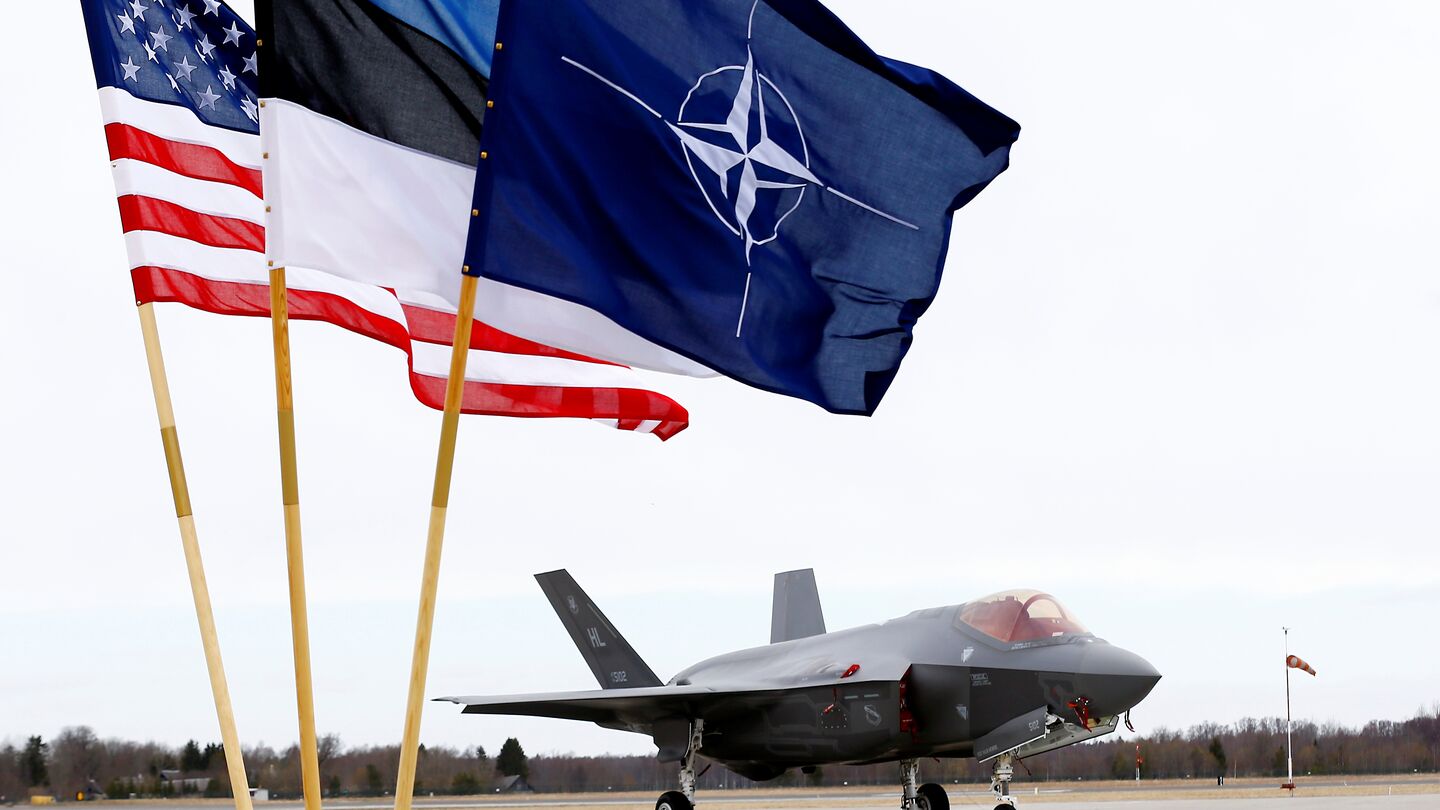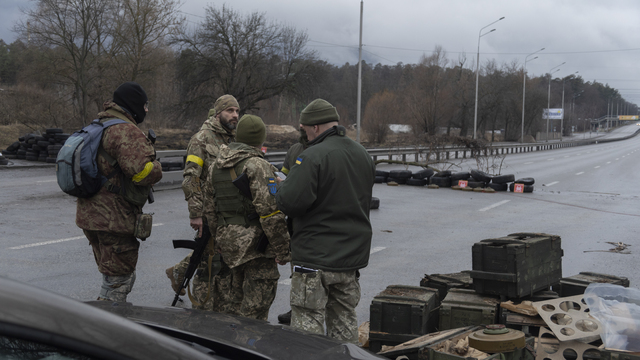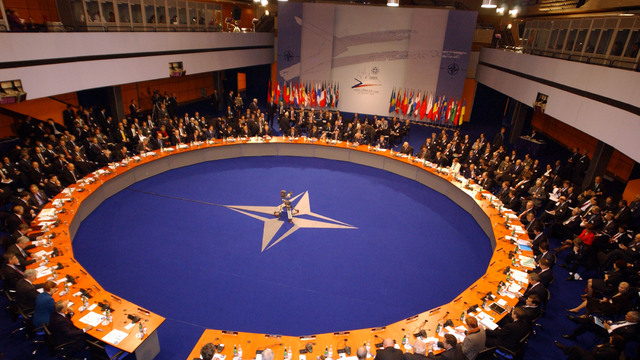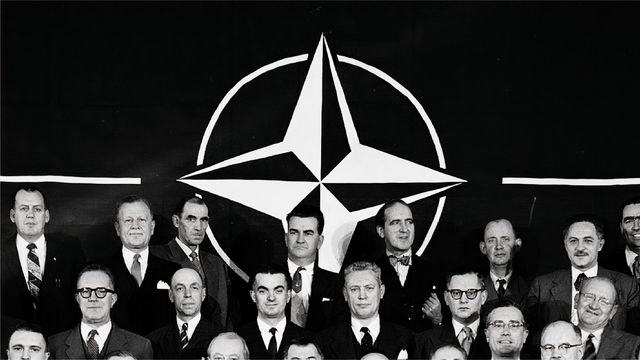NATO’s sub-conventional deterrence: The case of Russian violations of the Estonian airspace

The deterrence of the sub-conventional activities, characterized by a limited role for the use of force, is a topic for a new article of Matúš Halás.
The question of how to deter sub-conventional activities—characterized by a limited role for the use of force—is one of the biggest puzzles in security studies. A way forward might be to use an enduring rivalry conflict management framework and to focus on findings from criminology. As the case study of 56 Estonian airspace violations suggests, executing sub-conventional deterrence is not an easy task to achieve. NATO’s deterrence success remains elusive because there is no consistency in responding to these violations and no meaningful punishment. Yet many changes in frequency, intensity, and volatility of Russian intrusions over the last two decades indicate that a successful dissuasion, if not de-escalation, is still possible. To achieve that, NATO needs to improve information transmission, define its deterrence goals more narrowly, impose group-level costs, and implement dynamic deterrence mechanisms offering alternative modes of behavior.









